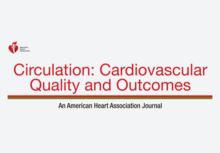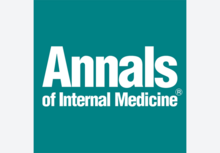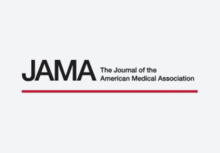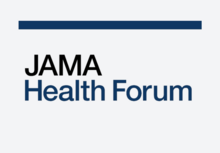Publications by Year: 2024
2024
Social determinants of health (SDoH) significantly impacts health outcomes and disparities. While the Centers for Medicare and Medicaid Services has mandated hospitals to collect standardized SDoH data, existing tools lack key elements. This systematic review identified 78 studies and 20 screening tools addressing various SDoH domains. However, most tools were missing several key domains and lacked standardization. We propose a comprehensive tool meeting essential criteria: validated questions, brevity, actionability, cultural appropriateness, workflow integration, and community linkage. Our tool addresses gaps in available tools and incorporates standardized and validated questions to enable patient-centered screening for diverse social and environmental determinants of health. It uniquely includes detailed race/ethnicity data collection, housing characteristics, physical activity assessment, access to healthy food measures, and environmental exposure evaluation. The tool aims to provide actionable data for immediate interventions while informing broader population health strategies and policy initiatives. By offering a holistic assessment of SDoH across multiple domains, our tool enables standardized data collection, risk stratification, and focused initiatives to address health inequities at both individual and population levels. Further research is needed to develop evidence-based pathways for integrating SDoH data into real-world patient care workflows, improve risk prediction algorithms, address health-related social needs, and reduce disparities.






